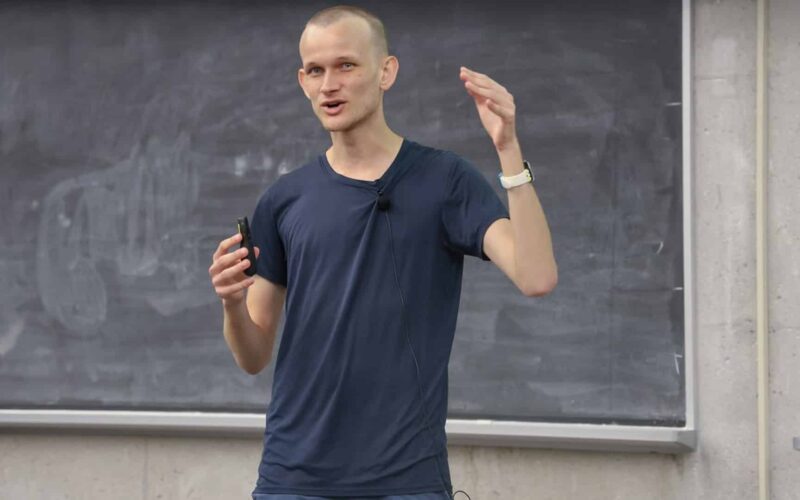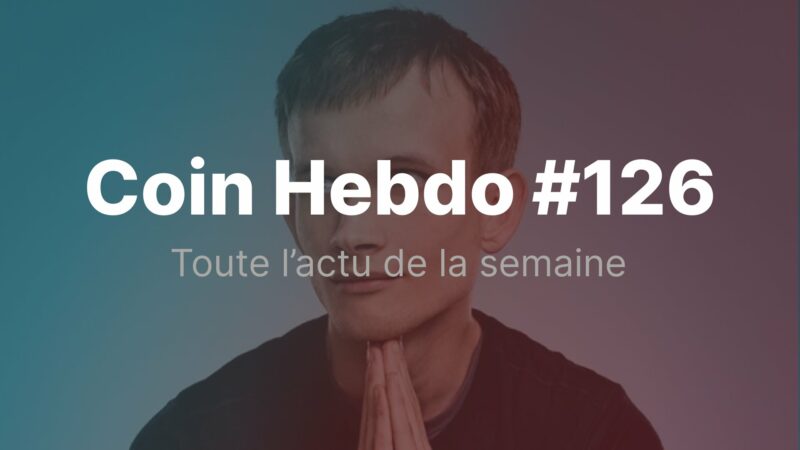L’Ethereum Foundation launches the Open Intents Framework to standardize intent usage in blockchain transactions, supported by major Layer 2 solutions
The Ethereum Foundation, in collaboration with Hyperlane and Bootnode, has launched the Open Intents Framework (OIF) to standardize the use of ‘intents’ in blockchain transactions. This project is supported by leading Layer 2 solutions such as Arbitrum, Polygon, Optimism, ZKsync, and Scroll, all of which have adopted this new standard from its inception.
‘Intents’ represent an innovative approach where the user defines their transactional objective without worrying about technical details such as gas parameters or interactions with smart contracts. This method notably optimizes cross-chain transactions by delegating execution to specialized third parties.
A major step towards a smoother user experience
The main goal of Ethereum developers is to reduce the complexity of crypto transactions, especially as more and more activities migrate to Layer 2 scalability solutions. According to Hart Lambur, co-founder of Risk Labs (behind the protocols Across and UMA), ‘With the Open Intents Framework, we are taking a major step towards this goal by establishing shared standards for intent execution.’
The OIF is based on the Ethereum Request for Comment ERC-7683, introduced in April 2024 by Across and Uniswap. This standard defines a common language for executing intent-based transactions on multiple networks. While ERC-7683 establishes the theory, the Open Intents Framework is the first large-scale modular implementation, enabling permissionless, efficient, and accessible execution.
Towards standardizing intents and their execution
While the concept of intents has been around for about a year and has already been used by major applications like Uniswap and CoW Swap, its adoption has been hindered by the lack of a standardized framework. Until now, each project implemented its own version, with notable differences in the management of ‘solvers’ and ‘relayers’ – the actors who optimize and execute these transactions.
‘The integration of intents remains complex and resource-intensive. A standardized infrastructure could reduce these barriers and foster broader adoption,’ said the OIF.
The OIF aims to harmonize the operation of solvers, who optimize transactions, and relayers, who execute them, by reducing the current fragmentation. This initiative could not only accelerate the adoption of intents, but also enhance interoperability between Layer 2 solutions.
A key infrastructure for the future of Ethereum
The Open Intents Framework marks a turning point in simplifying interactions on Ethereum and its scalability solutions. By eliminating technical barriers, this initiative could make decentralized finance (DeFi) more accessible and facilitate widespread adoption of intent-based transactions.
The standardization of these processes represents a major advancement towards a more seamless, interoperable, and scalable Ethereum ecosystem.




